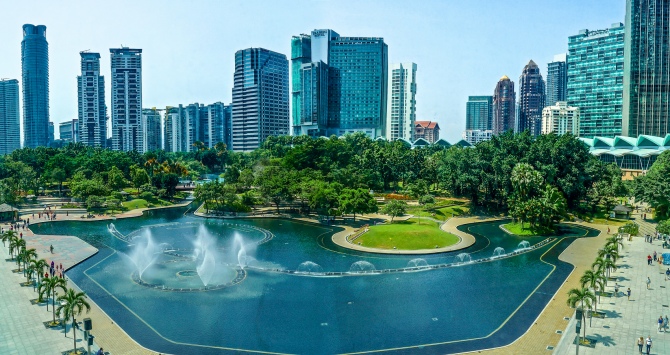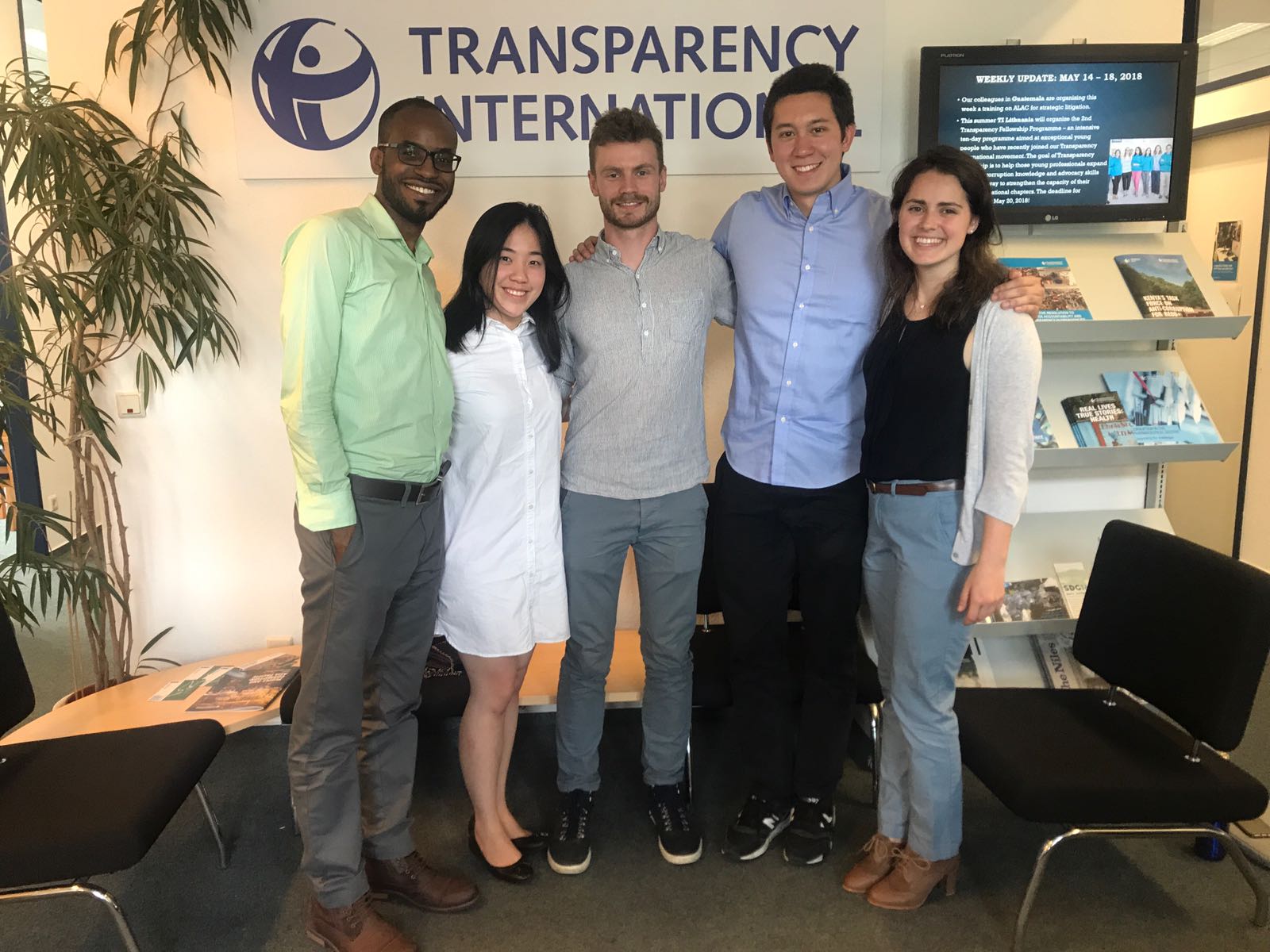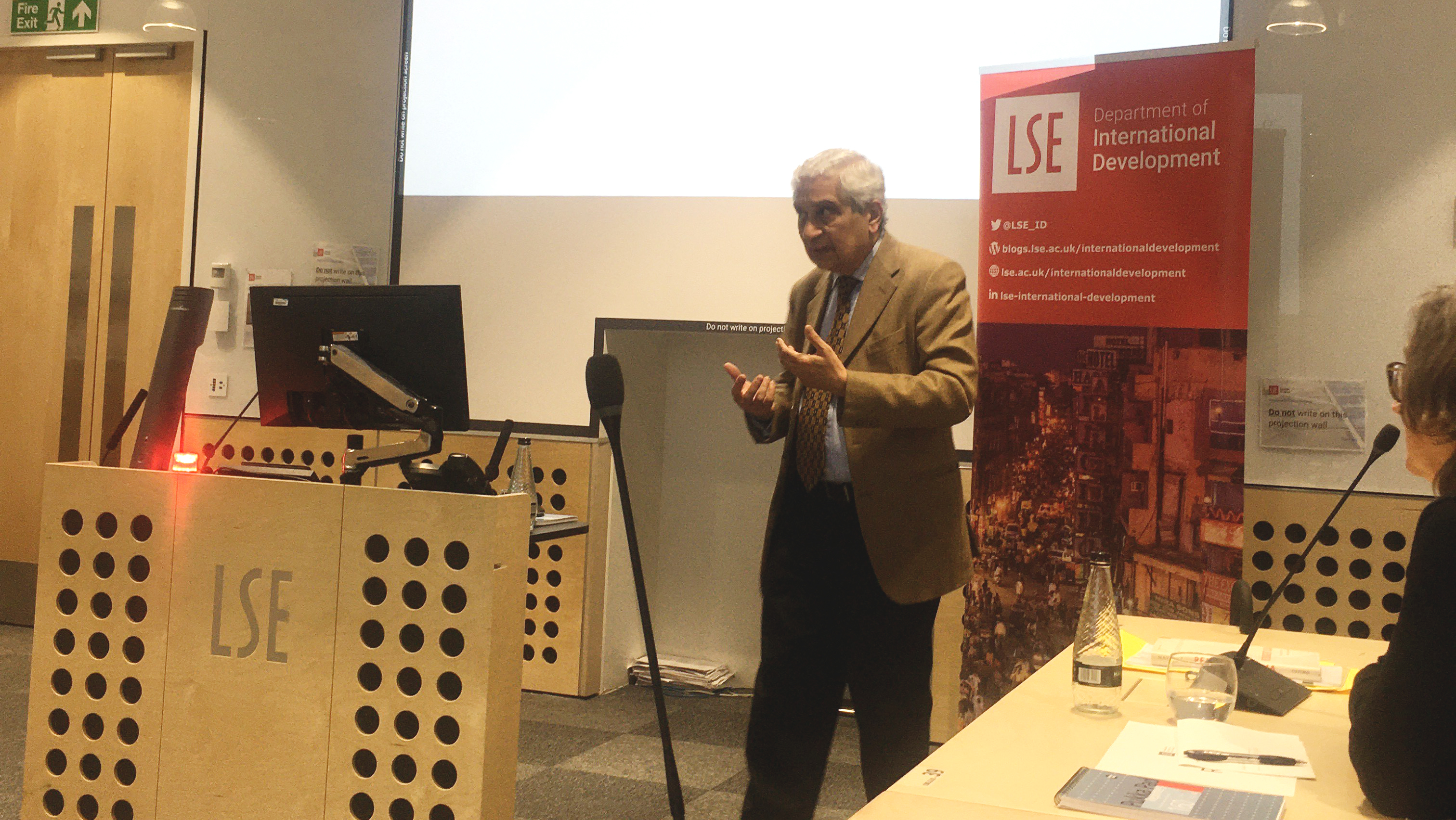The COVID-19 pandemic has undoubtedly highlighted, and worsened, the extent of socioeconomic vulnerabilities and disparities in communities worldwide. MSc Development Studies alum, Imran Hakim Mohamedsha, discusses the degree of socioeconomic imbalances in Malaysia within the context of the pandemic and explores how the Shared Prosperity Vision 2030, an economic blueprint launched in 2019, can help address such deep-seated inequalities in the country.
Like the rest of the world, Malaysia is not spared from the devastating effects of COVID-19. The Department of Statistics Malaysia (DOSM), the Central Bank of Malaysia, and the International Labour Organization have extensively captured the degree of adverse pandemic-induced shocks, with the economy contracting by 5.6% in 2020 – the biggest drop since the 1997 Asian Financial Crisis – and the unemployment rate reaching a 30-year peak at 5.3%, affecting over 800,000 individuals, in May 2020.
Concurrently, the Coronavirus has also unmasked the underlying extent of socioeconomic disparity in Malaysia. More specifically, these findings have illustrated that such shocks fall disproportionately on vulnerable groups, such as people with irregular employment. For instance, an online survey by DOSM in March 2020 found that 65.5% of self-employed individuals have seen their monthly income fall by at least 50% compared to 19.8%, 18.2%, and 32.6% of employees in government-linked companies, multinational companies, and other private firms, respectively. In fact, this notion of economic disparity is further exemplified as follows: the monthly expenses of the top 20% and bottom 40% of earners have fallen by 60% and 41%, respectively, while 96% of Malaysians have insufficient savings to sustain six months of their pre-pandemic lifestyle. In short, they imply that the high-earners are more insulated from the consequences of the pandemic.
These pandemic-driven disparities have significantly complicated the discourse on socioeconomic inequalities that has been beleaguering all political administrations even before Malaysia’s independence in 1957. The prolonged wealth disparity between the urban Chinese immigrants and rural Malay majority – exacerbated during British ‘divide-and-conquer’ colonial rule – continuously fanned political-socioeconomic anxieties among the Malays, which eventually culminated in the deadly May 1969 racial riots. Considering the importance of addressing this multifaceted disparity amidst the tense racial undercurrents in Malaysia, successive governments have prioritised the alleviation of Malay anxieties. One landmark policy was the 1971 New Economic Policy (NEP), in which this Malay-centric affirmative action in education, employment, and equity ownership has essentially reengineered Malaysia’s institutional and socioeconomic landscapes, with lasting repercussions to –date, despite expiring in 1990.
Therefore, despite decades of exponential growth of Malay household incomes and equity ownership that coincided with NEP’s preferential treatment, the persistent absolute wealth gap has arguably challenged the effectiveness of affirmative action in addressing the root of socioeconomic disparities. Subsequent Prime Ministers (PMs) have attempted to improve the NEP, although to no avail: the fourth PM, Dr Mahathir Mohamad, merely rebranded the NEP as the National Development Policy in 1990 while the sixth PM, Najib Razak, pursued a more economically-liberal and race-blind approach through the New Economic Model in 2011. Nevertheless, the Malay socioeconomic standing still fell short of their objectives – for instance, the ethnic disparity in the median monthly household income ranged from 23% to 35% in 2016.
Perhaps manifesting his commitment to address income inequalities, Dr Mahathir, in his short-lived second stint as the seventh PM, launched the Shared Prosperity Vision 2030 (SPV 2030) in October 2019. While still centred around elevating the Malay community, this economic blueprint arguably marks a significant departure from previous attempts to address socioeconomic disparities with its more prevalent nation-building messaging. Instead of being entirely fixated on ethnic-based inequalities, there is an explicit multidimensional approach towards a shared prosperity, particularly focusing on compensation for employees (CE), good governance, regional- and income-based disparities, and anti-monopoly mechanisms, among others.
On paper, the strategic thrusts of SPV 2030 should address problems extending far beyond racial inequalities in Malaysia. The emphasis on conducive business and industry ecosystems, high-growth and productive economic activities, and upskilling of human capital embodies the notion of ‘a rising tide lifts all boats’ in reducing the socioeconomic gap across all ethnicities and regions. Moreover, given that rural areas in Peninsular Malaysia are predominantly inhabited by the Malays, a more equitable regional development through decentralised economic sub-clusters would alleviate both ethnic and geographical disparities. Similarly, besides reducing the scale of income inequality, increasing the CE rate – through investments in high-productivity sectors and talent upskilling – would arguably allow the government to reallocate more resources that were previously dedicated to lower-income groups to the most vulnerable communities, such as the indigenous Orang Asal and persons with disabilities.
Within the context of the pandemic, the elements of institutional and structural reforms in SPV 2030 presented several opportunities to enhance the readiness and preparedness capacities for future crises. For instance, the incorporation of anti-monopoly elements can lead to a more competitive economy, whereby the diversity of firms would enhance supply chain resilience in absorbing external shocks on global trade and investments. Additionally, the extent of socioeconomic inequality can also be a decisive factor in crisis management, since social cohesion would partially influence the nature of policy responses. In other words, an unequal society may oppose government stimulus packages, even if it meant prolonging the Coronavirus-related recession, due to the lack of social solidarity.
However, the abrupt collapse of the Pakatan Harapan administration in March 2020, barely two years after its historical victory in the 2018 elections and merely months after launching the SPV 2030, had initially threatened to derail the implementation of this blueprint, and by extension, socioeconomic reforms in Malaysia. Although the current administration had resumed deliberations on SPV 2030 implementation policies and strategies in the inaugural Shared Prosperity Council meeting in May 2021, the yearlong political limbo had definitely disrupted any policy momentum and progress. Nonetheless, the (re)establishment of the Council can be interpreted positively in pursuing structural changes. While it is understandably convenient to delay the necessary reforms because of pandemic-driven resource constraints and ongoing political instability, the government should also acknowledge the political-socio-economic costs of preserving the status quo. Prolonged disparities will not only affect economic productivity, but can also rip apart the social fabric that has held Malaysia together all this while.
The views expressed in this post are those of the author and in no way reflect those of the International Development LSE blog or the London School of Economics and Political Science.






Socioeconomic disparities often lead to political unrest and challenges to the existing order.